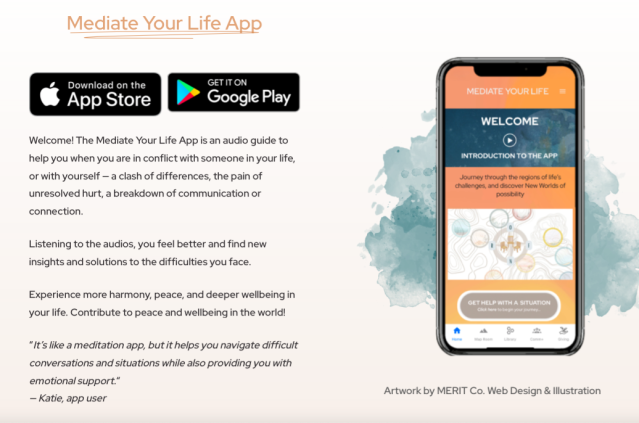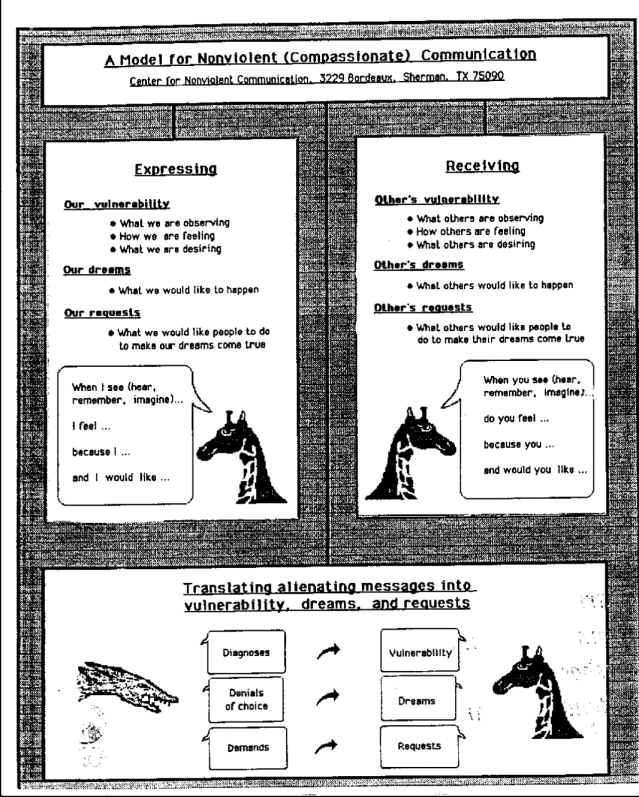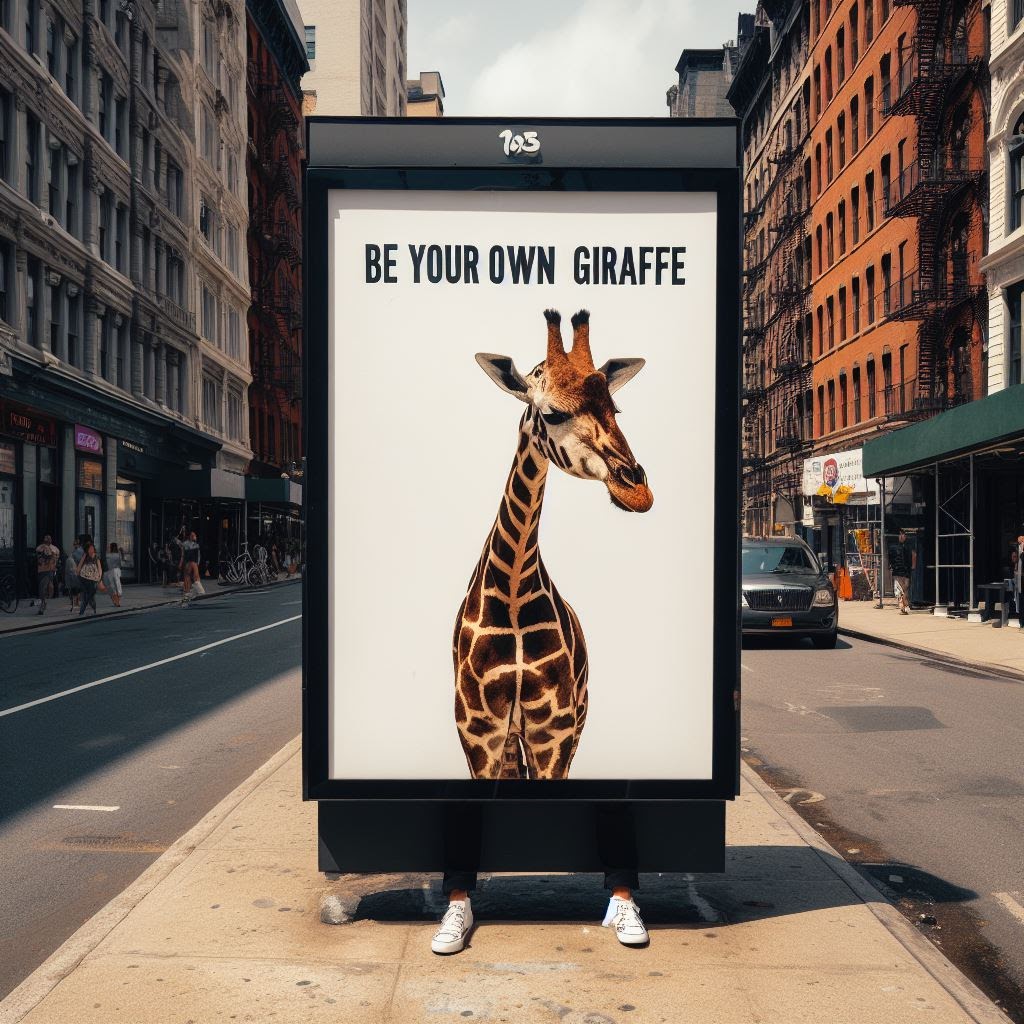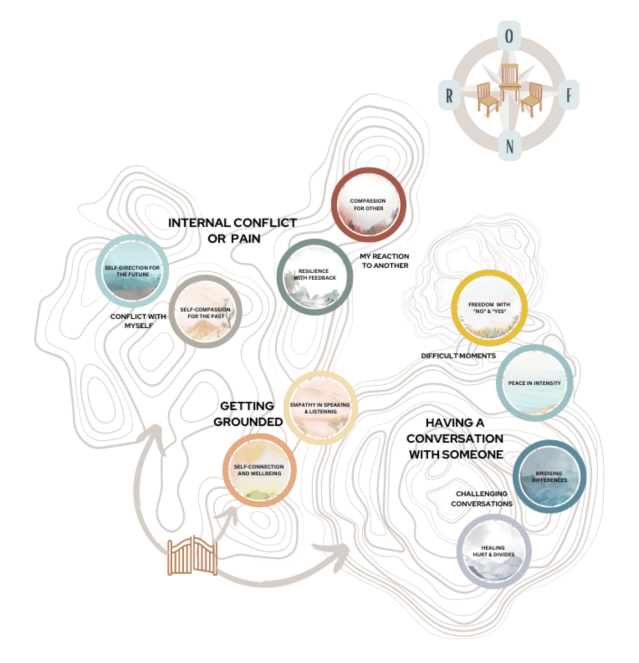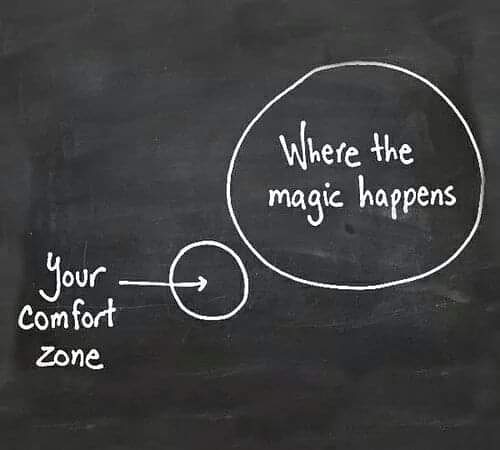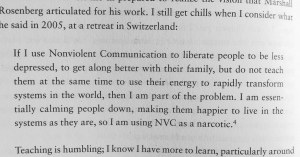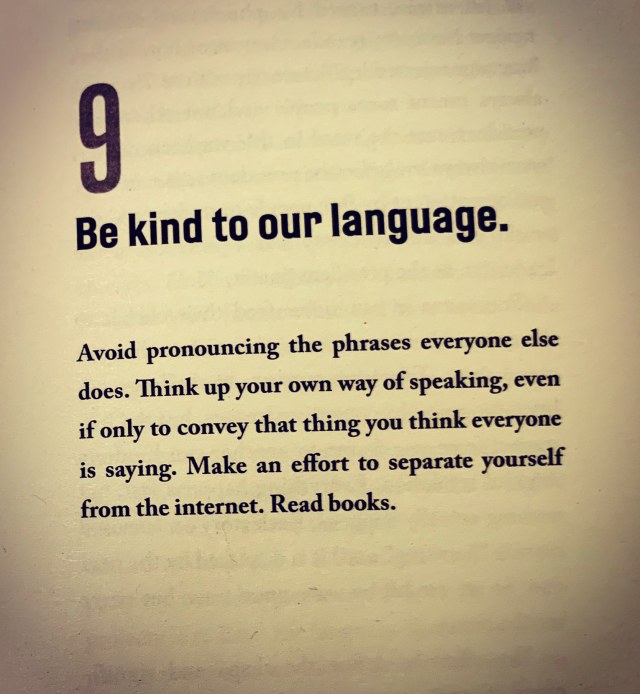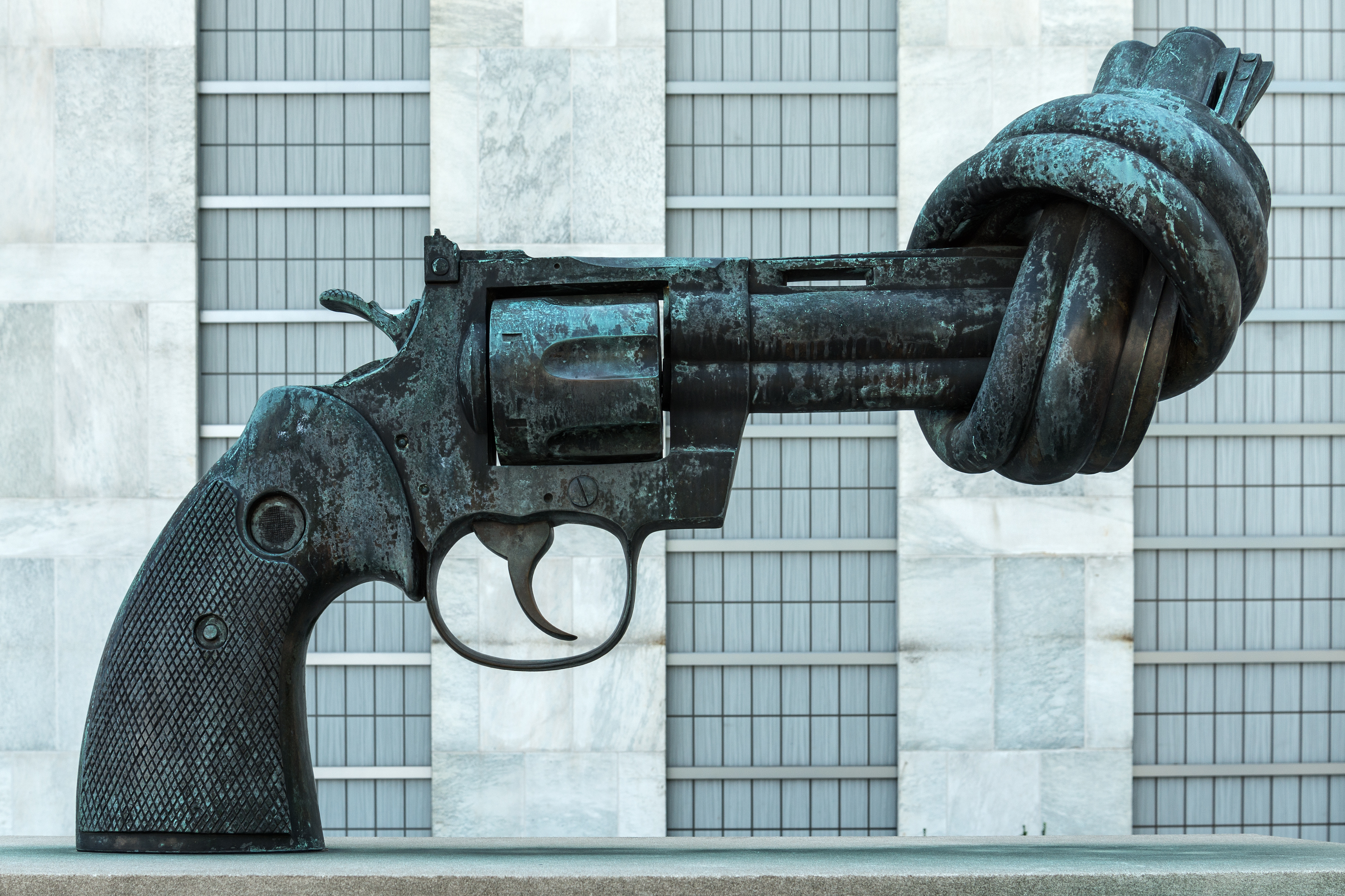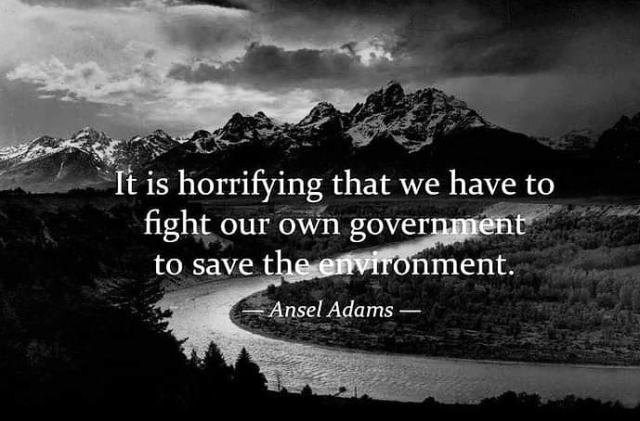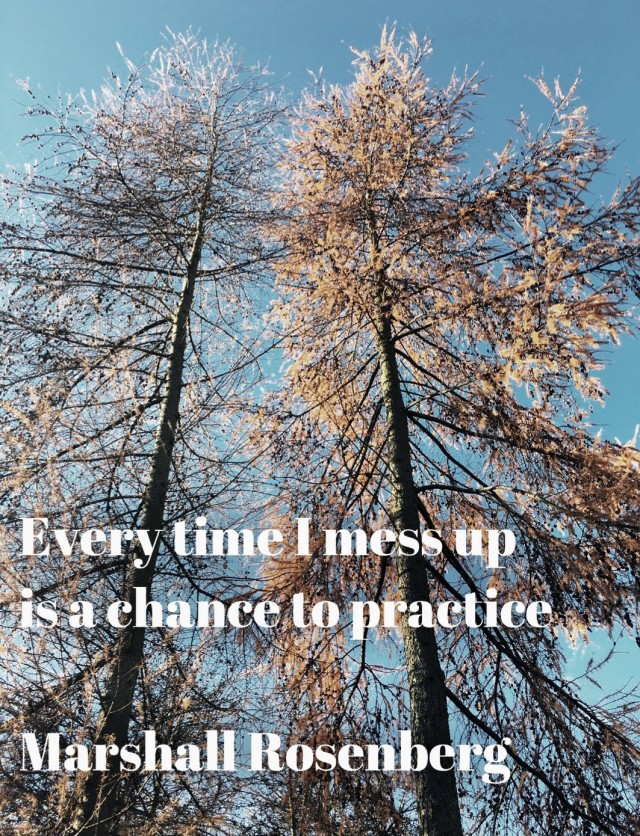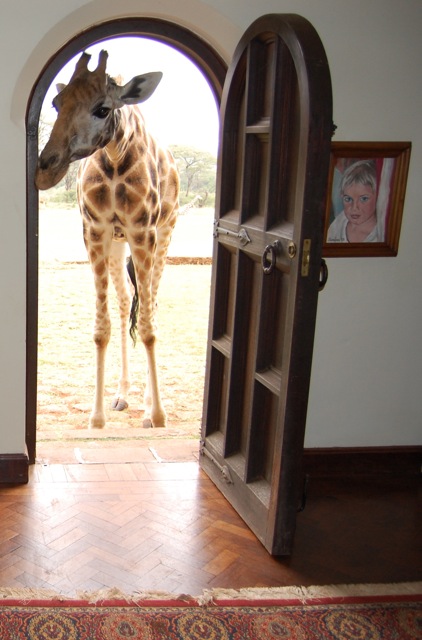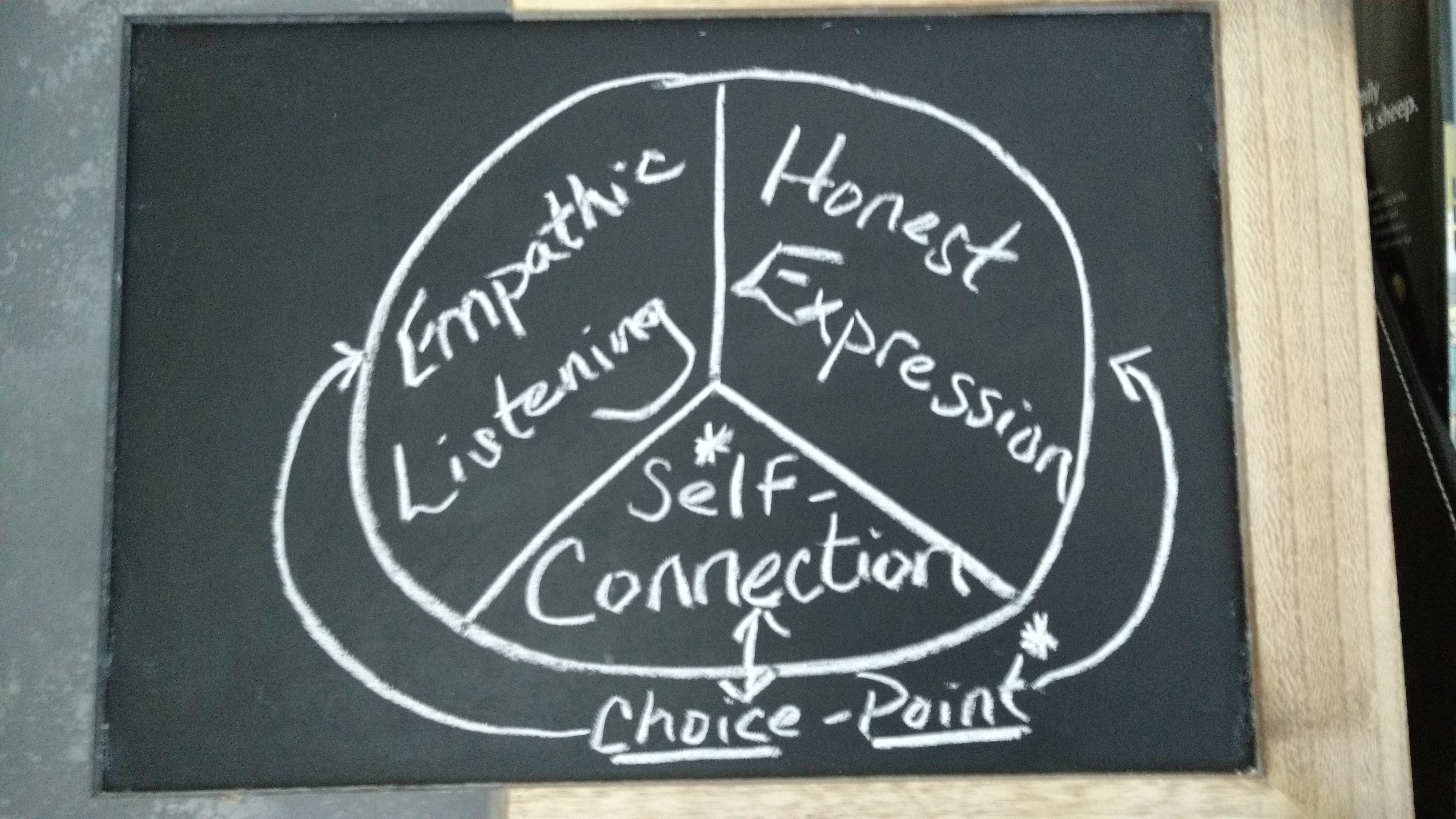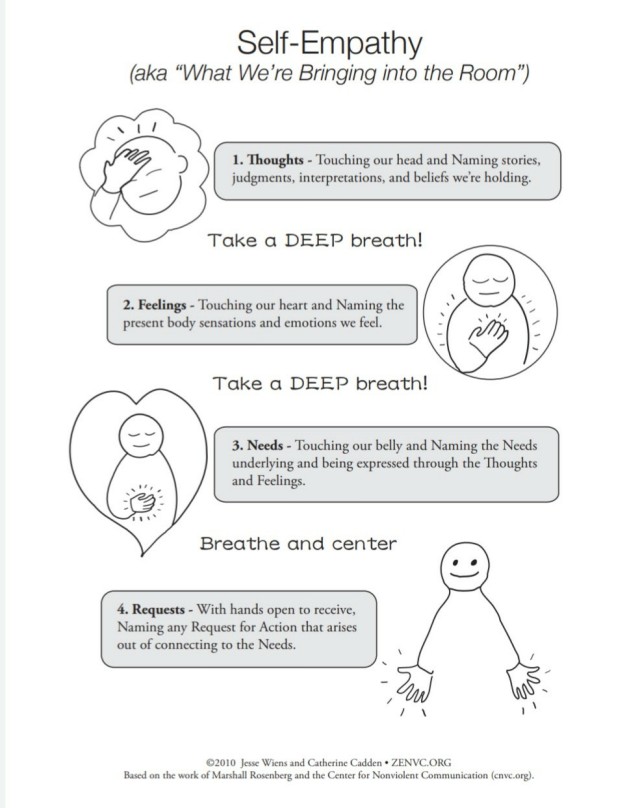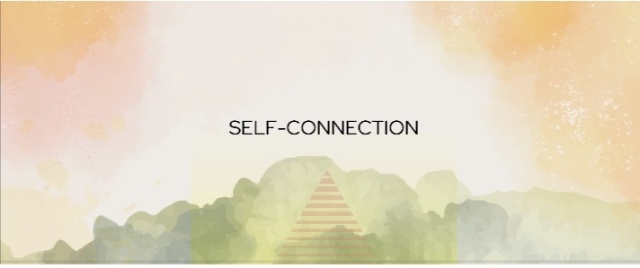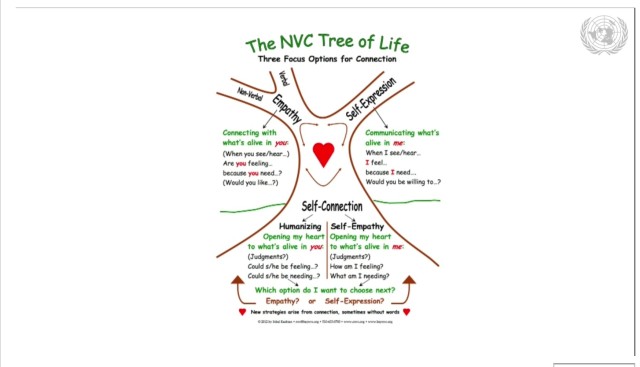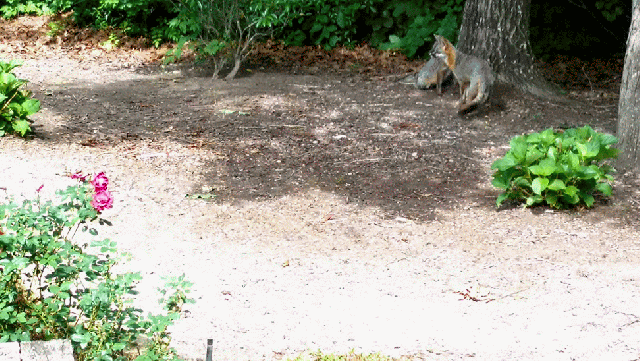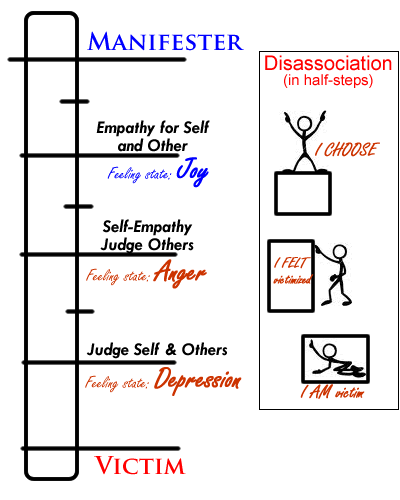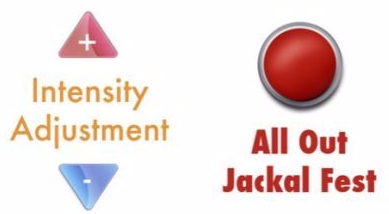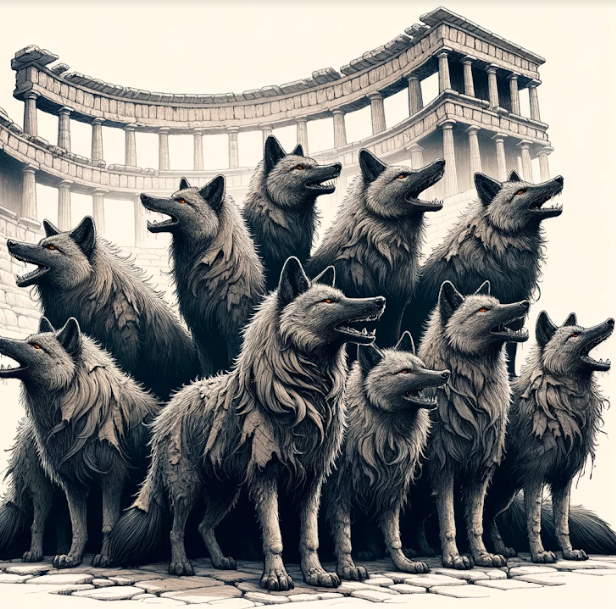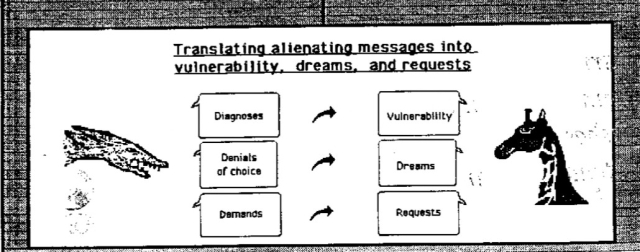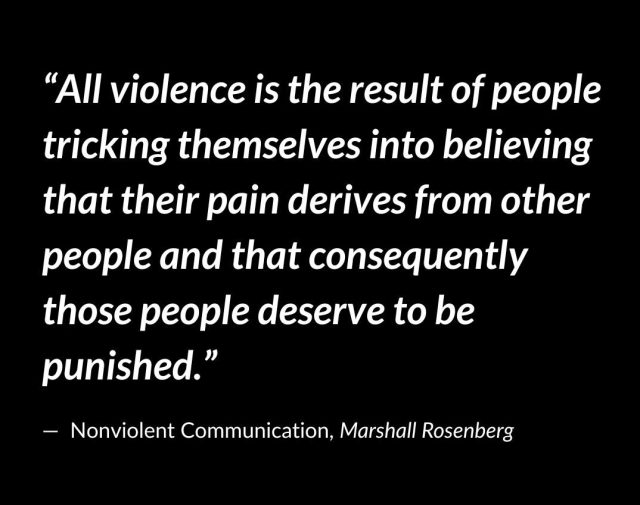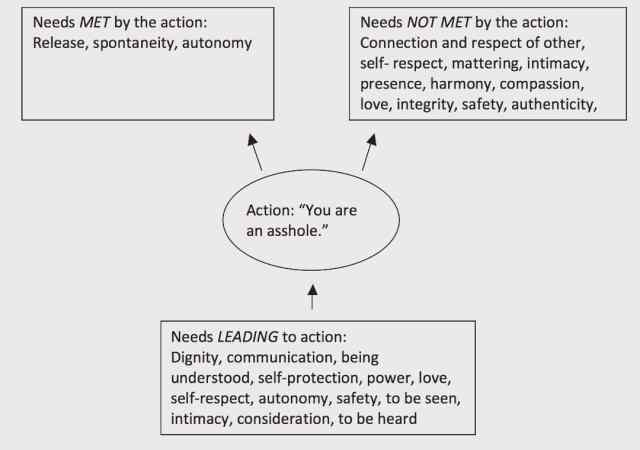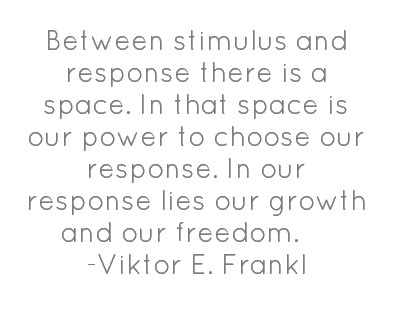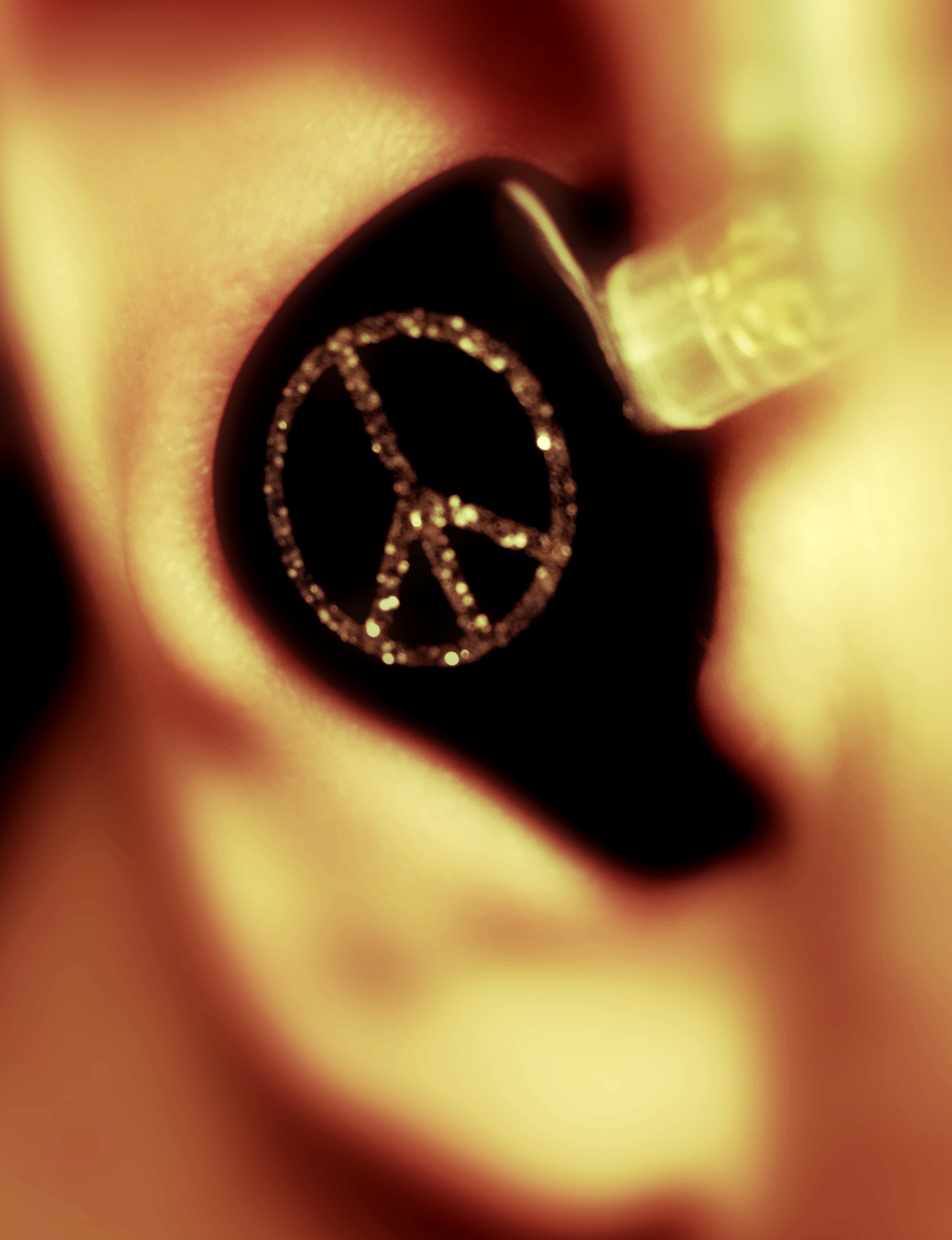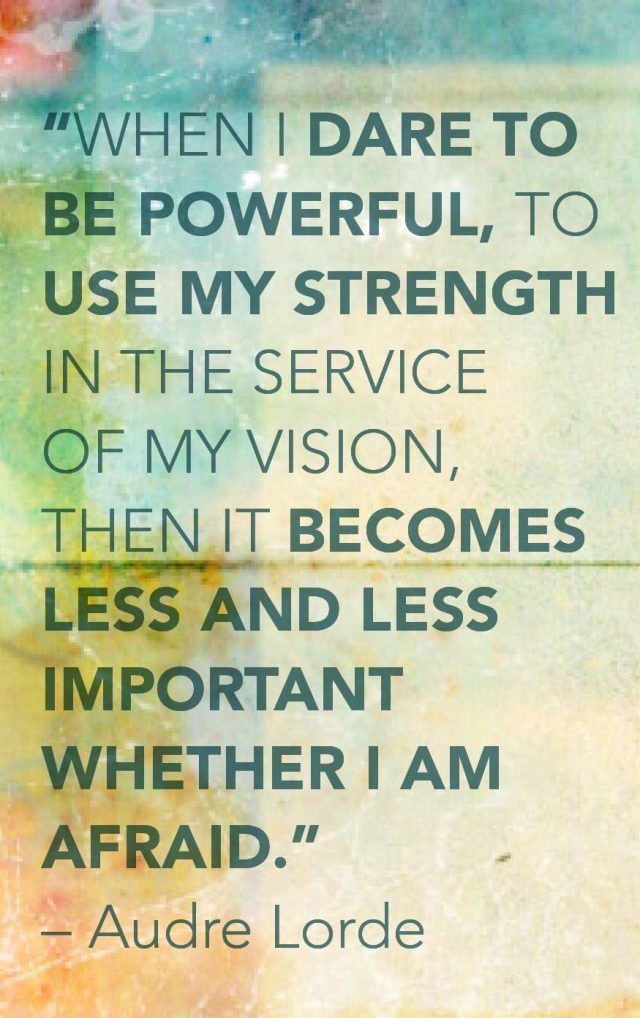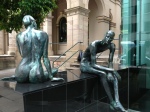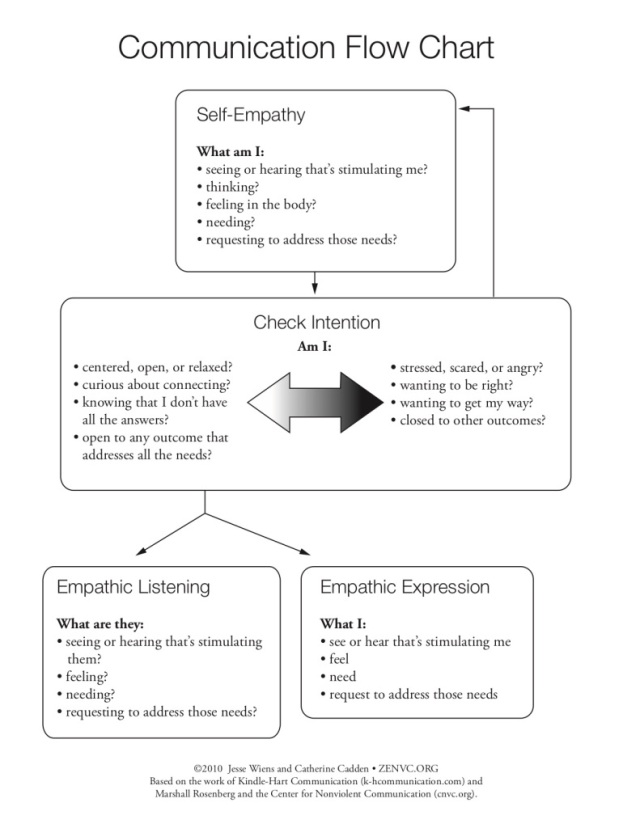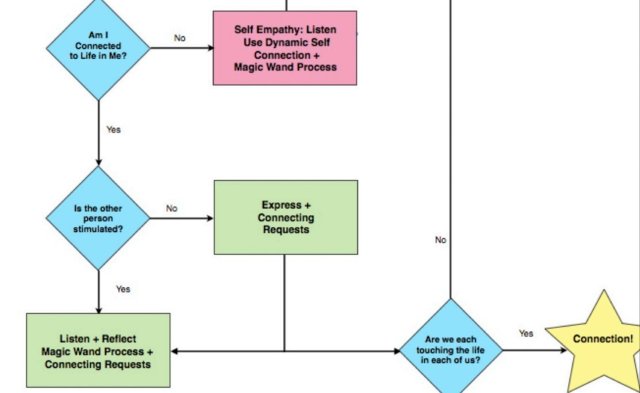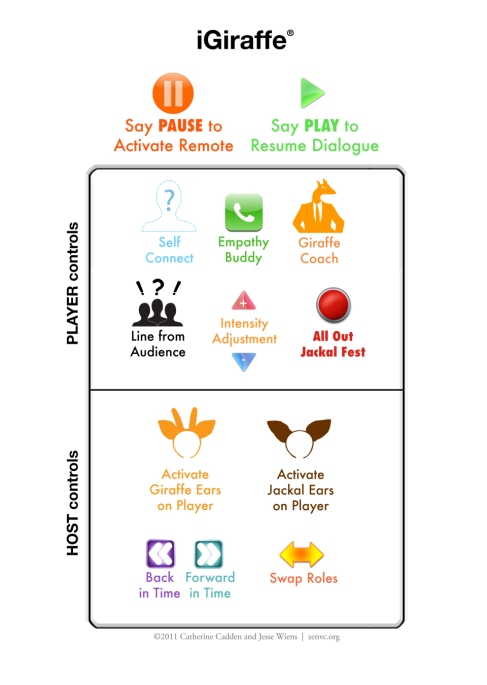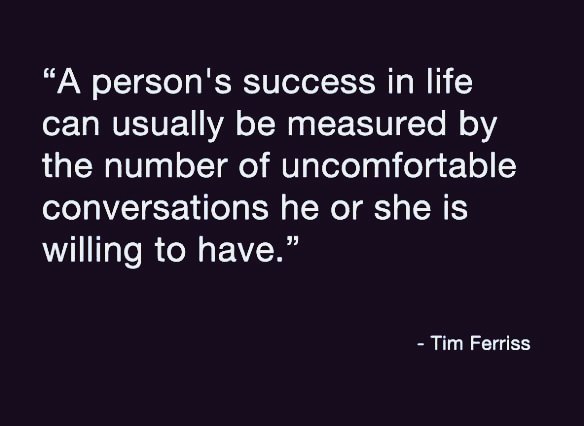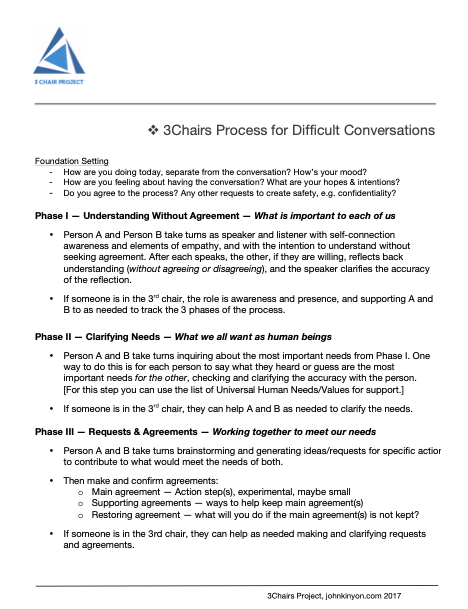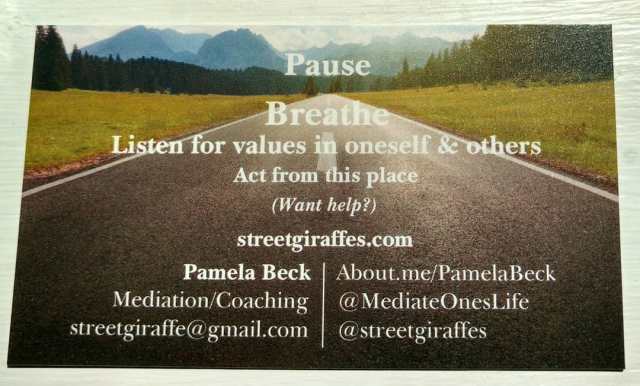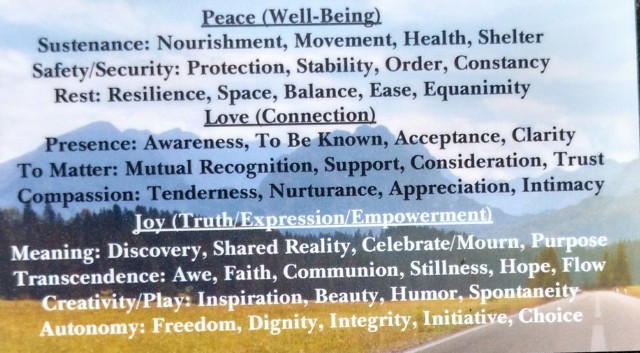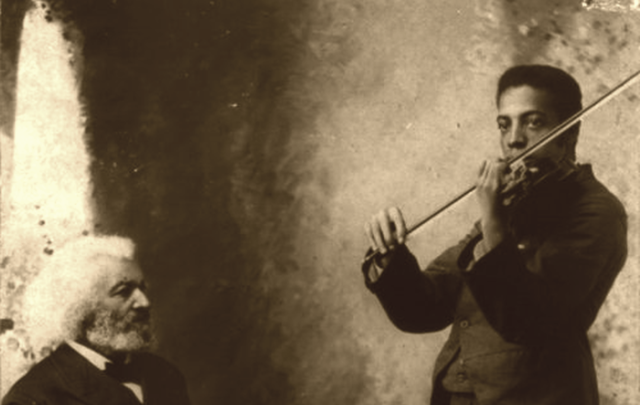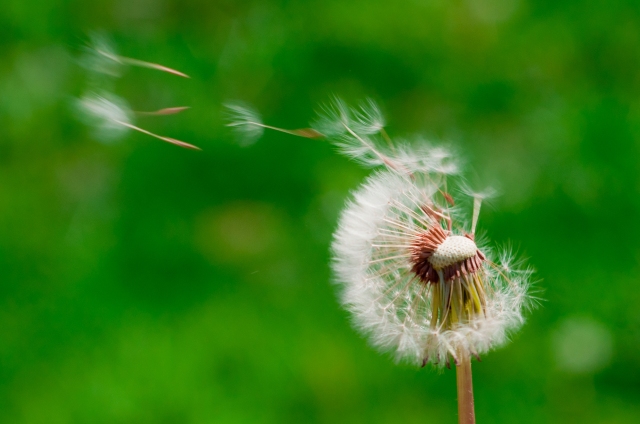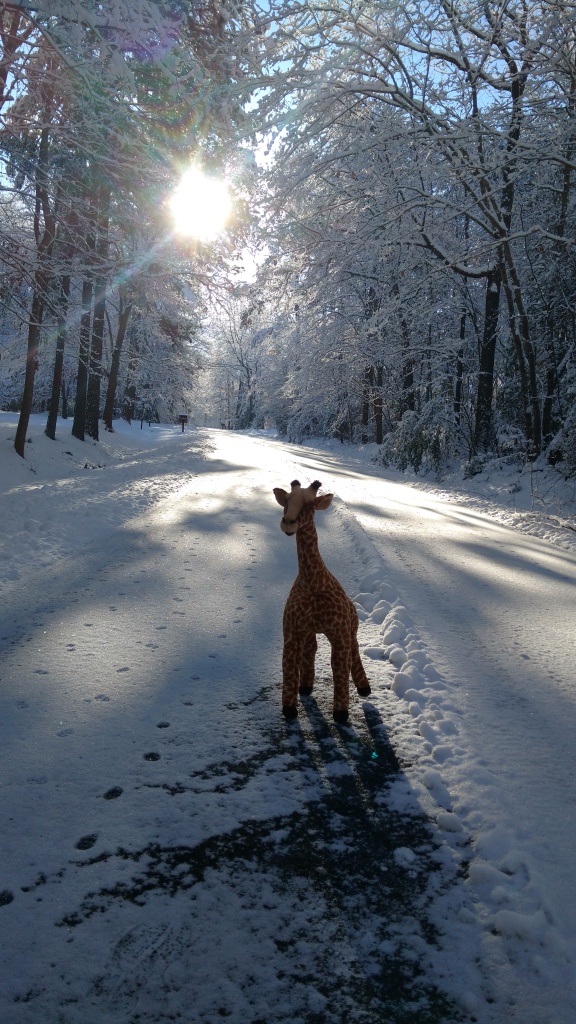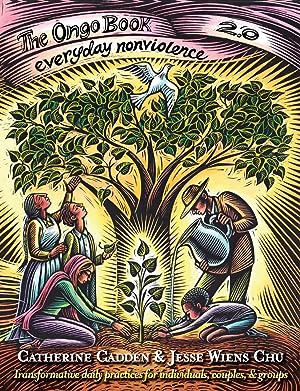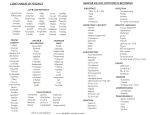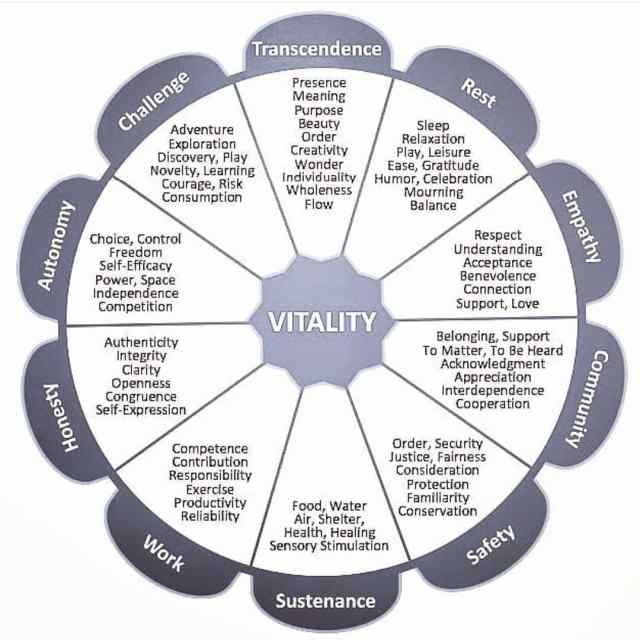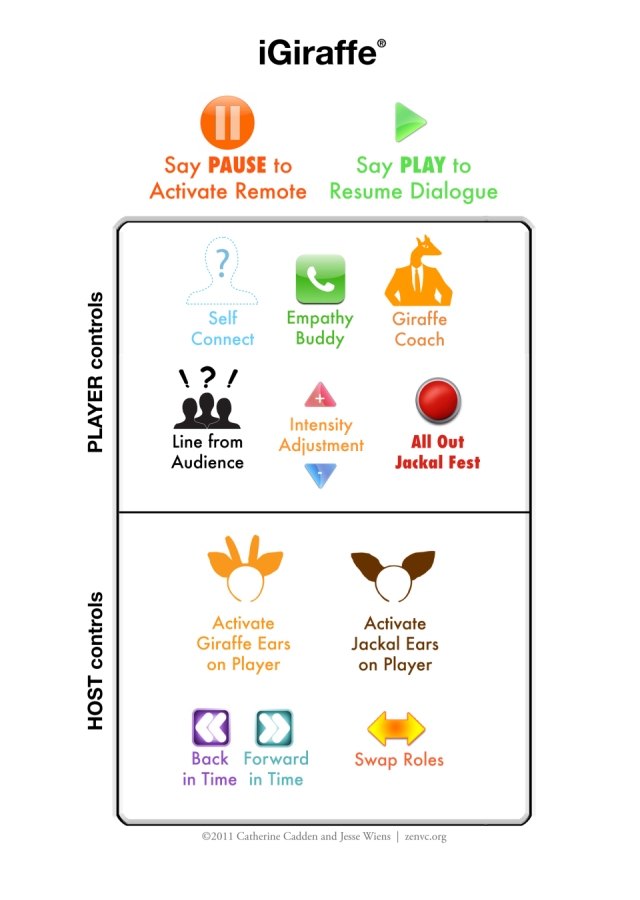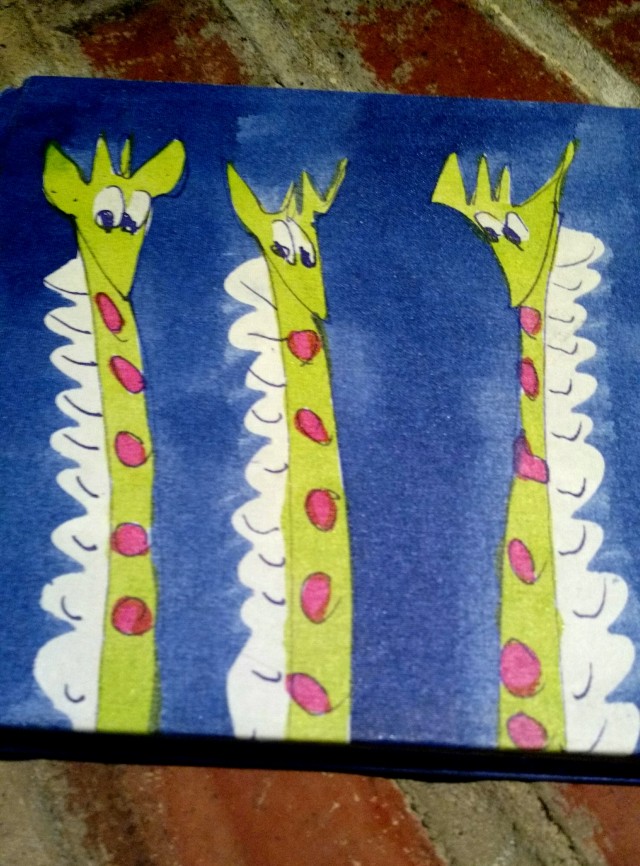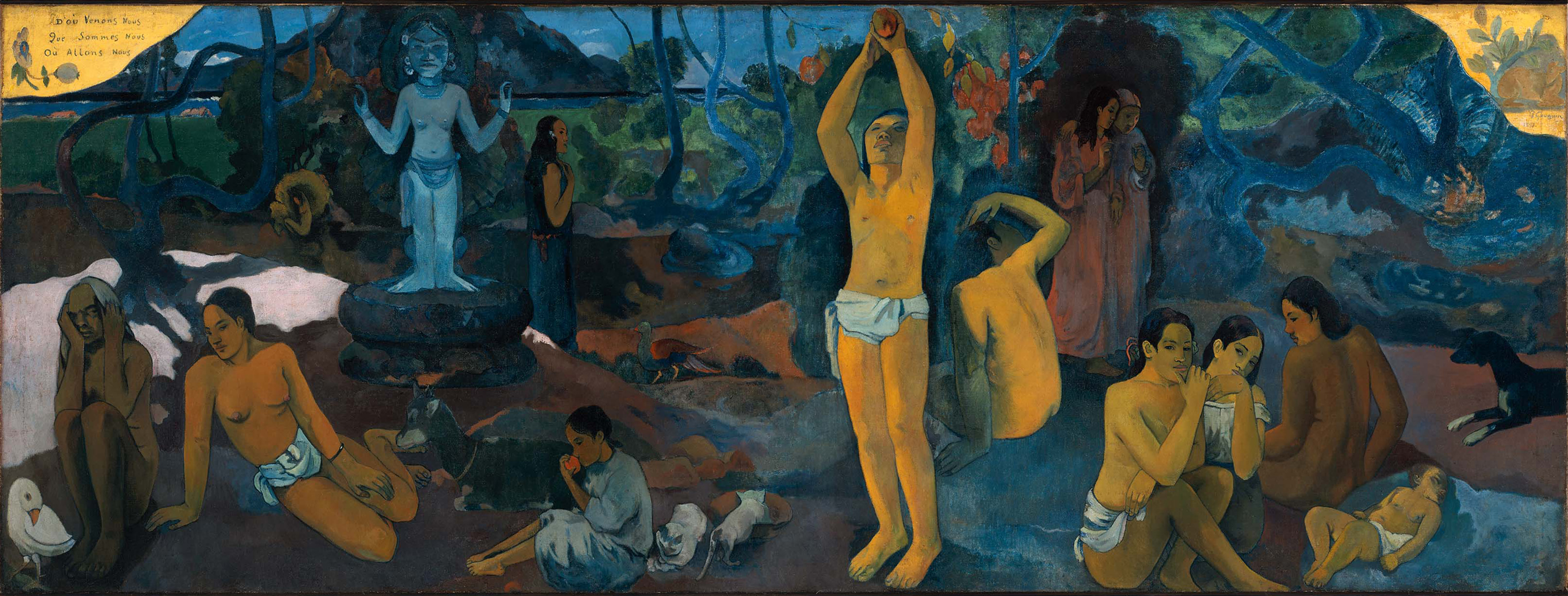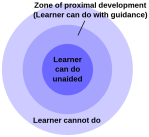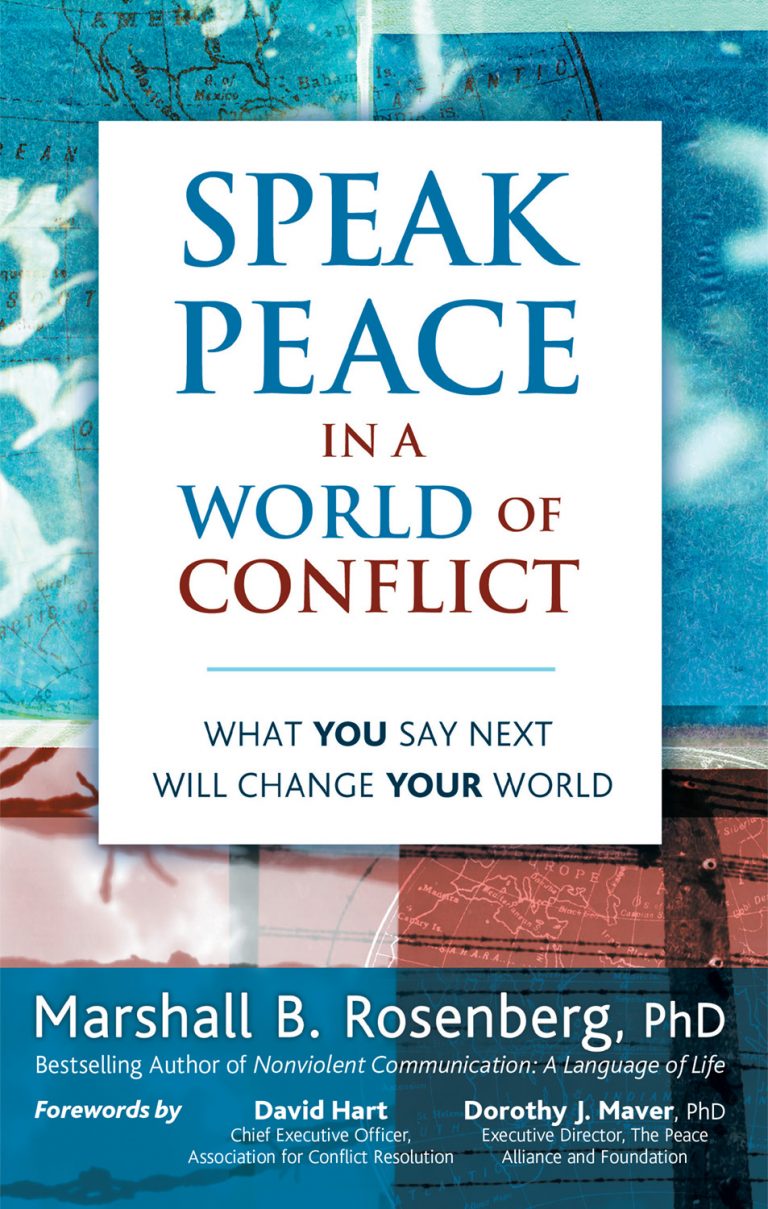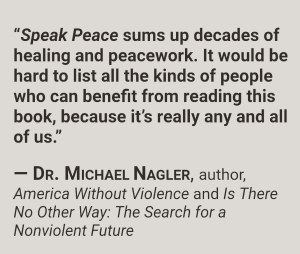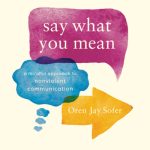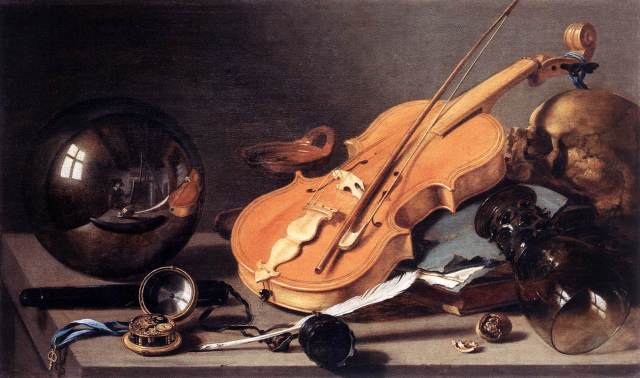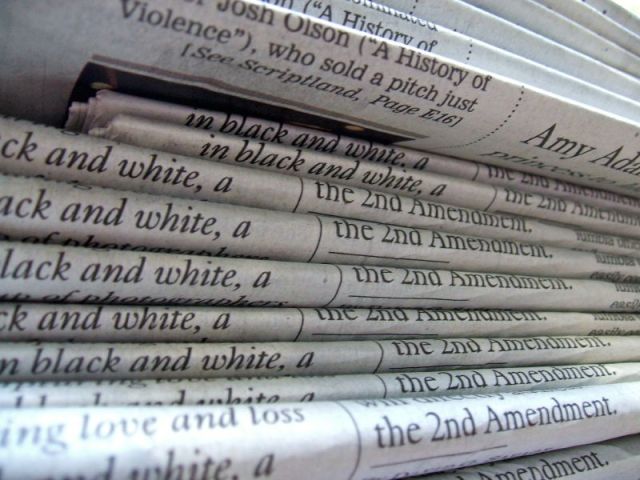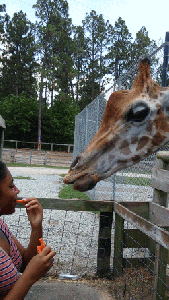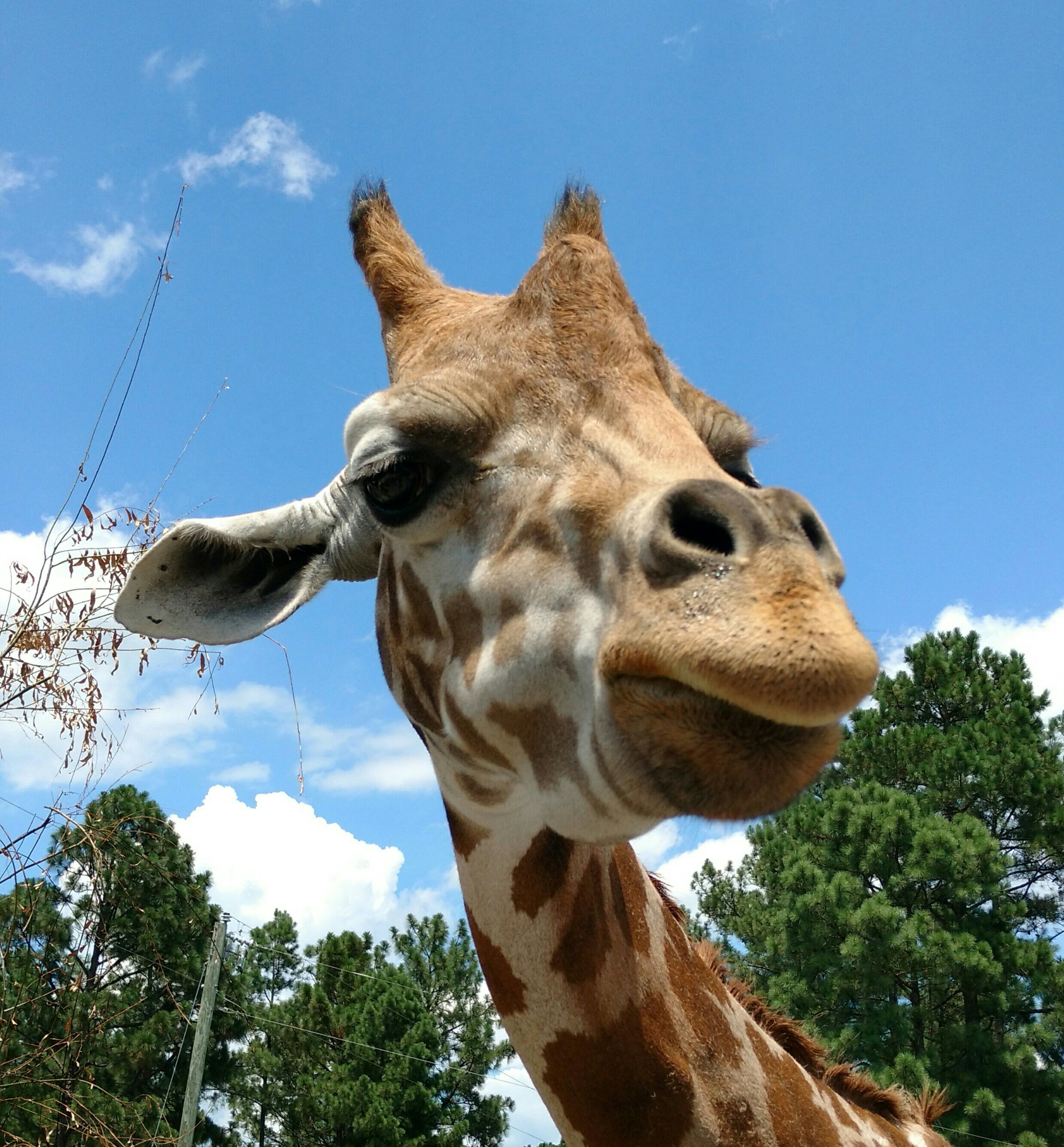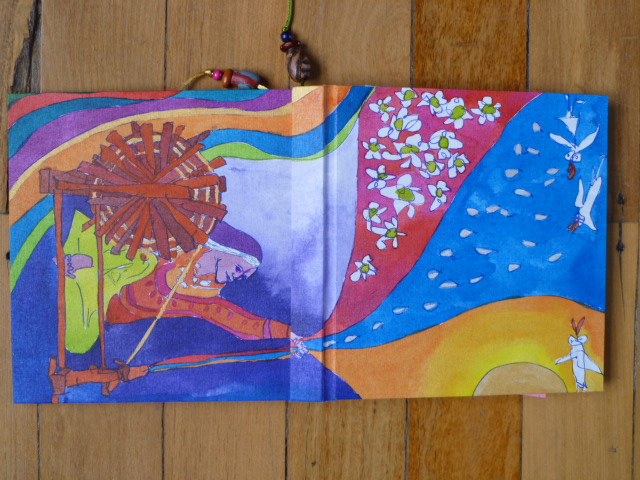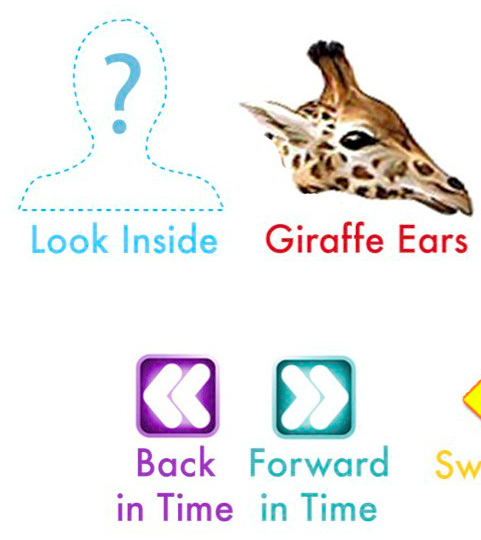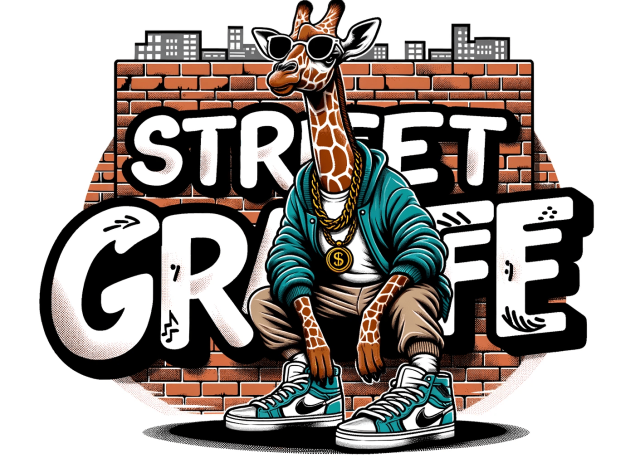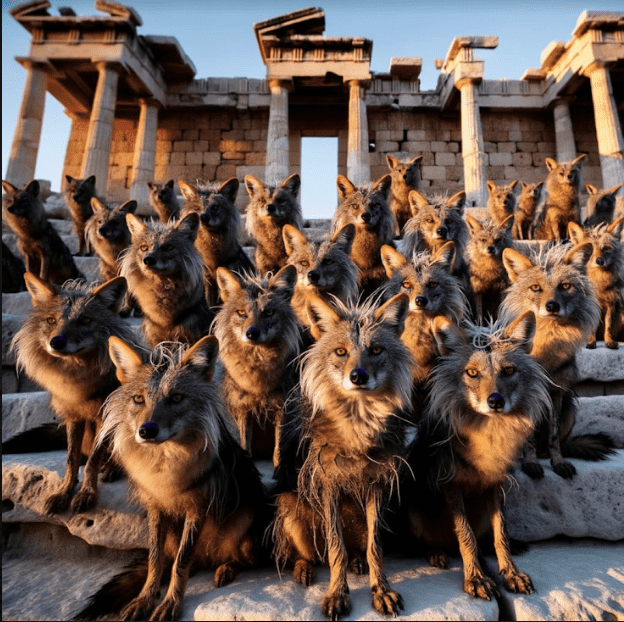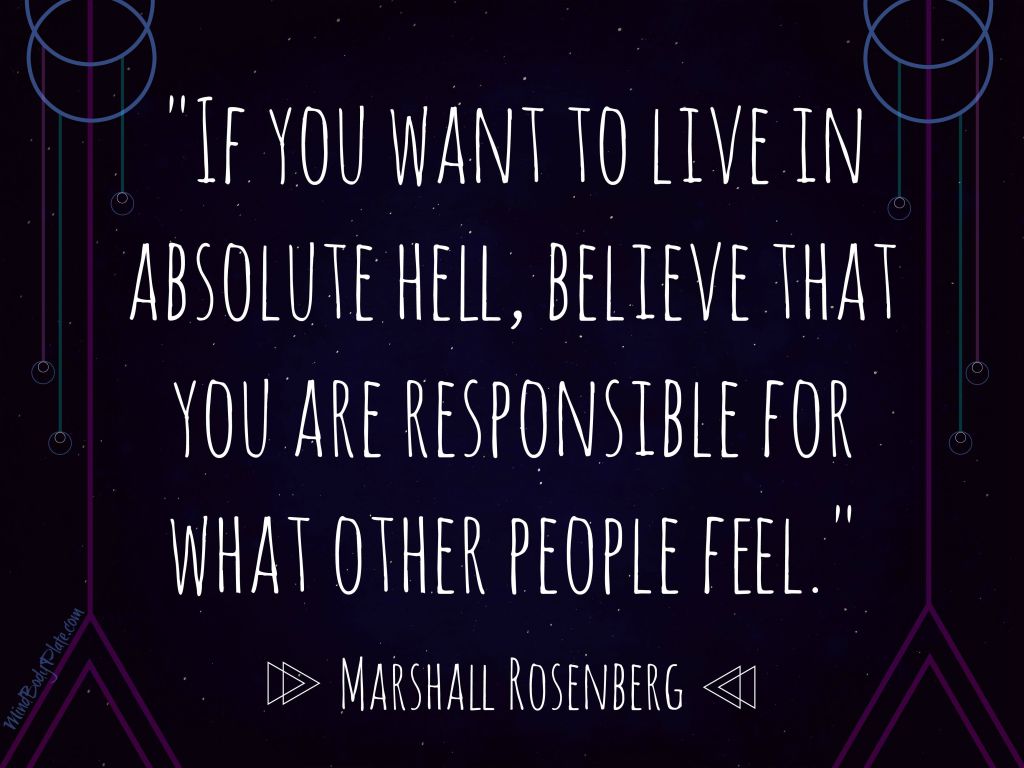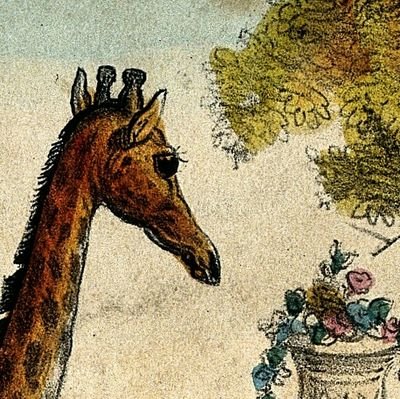What’s Up Next?
(Mark calendars for next telepractice group)
Sunday, April 1, 2018 ~ Sea of Unspoken Words
 Christ on the Cross between the Two Thieves
Christ on the Cross between the Two Thieves
Paintings by Peter Paul Rubens

A thought-provoking tweet that I came across today…
Inquiry:
Good Friday meditation: Who are the Crucified People of today? What are we doing to help take them down from the Cross? pic.twitter.com/fNt8dT3MXW
— Robert Ellsberg (@RobertEllsberg) March 30, 2018 – Link to Tweet
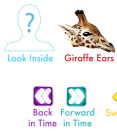
Tools from the Toolbox:
The Gift That Keeps On Giving: Trigger Translation Journal
In 2006, I was introduced by Jane Connor to a practice which Marshall Rosenberg used, and I witnessed him use it through the years I knew him. He kept a 3”x 6” index card folded in half in his pocket, and “he would pull it out from time to time and write down the stimuli that triggered an emotional response in him.” Later, he said, he processed them, trying to understand the feelings and needs stimulated in himself and guessing what feelings and needs the other person in the situation might have been experiencing. As Jane commented, “One of the most important aspects of Nonviolent Communication (NVC) is becoming aware of our feelings and needs and those of the others in the moment that we are experiencing them.” I have been sharing this practice… (continues)
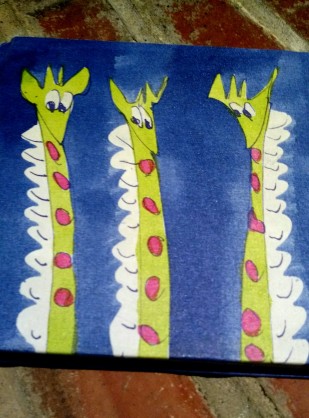 Kate Raffin Journals
Kate Raffin Journals
Kate Raffin – On “Flowers, Tears, and Lightbulbs”
Balancing my yearning to grow with acceptance of who I am right now
Flowers, Tears and Lightbulbs
Kate Raffin’s
Giraffe Journal
A couple of other tweets that crossed my mind, as I contemplated the inquiry above:
In honor of the 60th anniversary of the @Keeling_curve, here are 10,000 years of atmospheric CO2 concentrations, with an inset of the last 60 years of direct measurements, showing human impact on the atmosphere and #climate. pic.twitter.com/lVgN4S5Qcr
— Peter Gleick (@PeterGleick) March 29, 2018 – Link to tweet
To defend the earth and to safeguard water is to protect life.
— Pope Francis (@Pontifex) March 22, 2018
Rebecca Solnit on Breaking Silence as Our Mightiest Weapon Against Oppression – Brain Pickings by Maria Popova
Solnit begins by mapping the terra cognita of silence:
Silence is the ocean of the unsaid, the unspeakable, the repressed, the erased, the unheard. It surrounds the scattered islands made up of those allowed to speak and of what can be said and who listens. Silence occurs in many ways for many reasons; each of us has his or her own sea of unspoken words.

Last weekend, on Palm Sunday actually, I attended the ballet. While standing on line at the box office, I noticed that a former prima ballerina of the past couple of decades (retired as of last season), was standing nearby. I found myself awestruck, openly staring at times, yet too flustered to speak (even when she came closer, hugging the woman giving me my ticket). Still, beyond my own sense of being starstruck by the unexpected proximity to a woman whose ethereal, preternatural stage presence I’d only seen from afar, there was an anguished undercurrent that was palpable as well. Without intending to, I could simply viscerally attune to the mixture of emotions she must be experiencing (being on home turf, sans ballet slippers); the flood of feelings of loss even palpable within myself. No other ballet dancer at the company rivaled her star quality and, in her absence, I almost anticipate a somewhat dimmed luster when attending the ballet. Later, during intermission, I went outside to catch a breath of fresh air and noticed her departing with her family. Compelled to do something other than gawk, I hurried after them, calling out her name. Her youngest son, having heard me, tugged at his mother until she turned around. It was perhaps presumptuous, on my part, but my first inclination was simply to ask for a hug. Then I began to speak effusively of all the years I’d witnessed her dance, how the residue from her final performance (Carmen) stayed with me for days, how I still feel her presence, even as an absence, whenever I attend the ballet. She responded with the kind of exquisite vibrant delicacy that infused her art. Partly laughing, partly in anguish she noted how that last day on the stage and all that ensued (the table strewn with flowers and cards), that it had all been like attending one’s own funeral. With each sentiment uttered, she couldn’t help but realize that this is what happens when one dies. In that moment, our nervous systems seemed intertwined, as I empathized with the woman before me, the embodiment of a dancer, now perhaps experiencing life as a kind of amputee, cognizant of a phantom limb. Then something unexpected occurred — rather than sticking with empathy, I perhaps rather indelicately opted to express, too. I shared with her that “as a teenager, I had witnessed an Olympic ice skating performance in which the skater, also playing Carmen at the end of a storied career, had ‘died’ on the ice. Witnessing this shot through into the marrow of my bones and I was confronted with the sense of my own mortality. Yet what also struck me was that she rose from the surface of the ice. She stood up.” And then noticing that the ballerina before me was wearing a diamond encrusted cross, and given it was Palm Sunday, I touched my own collarbone (making the sign of the cross with a finger) and said, “there is always a rebirth.” We spoke a bit more, about finding ways to give back to society (especially in such seemingly historic times), and as she rejoined her husband and sons, she laughed at not quite receiving the same quality of applause when she does laundry. As I walked back inside, I felt some measure of reassurance, too, that my imposition hadn’t been entirely unwelcome; as I had mentioned to her that while speechless earlier at the box office, I had indicated to the ticket taker (the same woman who she had hugged, who I knew as well) that I intended to write a letter as to how I had been touched by her as a dancer and she’d offered that she’d still like to read it.
A couple of things strike me about this interaction. One being how we can never know with absolute certitude what is more connecting: empathy or honesty, silent presence or self-expression. Not to mention how seeming beyond conscious control, these dialogic dance steps can sometimes be, especially when flooded by emotions. And how our choices to empathize and/or express come rather spontaneously and intuitively. To have more discernment, especially in the heat of the moment, is — I suspect — a cultivated skill (that I’d like to explore more during our telepractice group).
Honesty, Transparency, and Power | The Fearless Heart
Excerpt (via @MikiKashtan): “It is the deeper vulnerability on my part, the deliberate removal of protection, that allows the care to flow forward, unhidden.”
In that heady, raw moment, I opted to share in kind, perhaps to let the dancer know that she wasn’t alone in the unsettling experience of being blindsided by a vivid sense of one’s own mortality. Whether or not choosing expression (revealing, thereby becoming more transparent myself), over empathy (maintaining a singular focus on her) forged more camaraderie in that moment — mitigating the potential pitfall for ‘inviting overexposure’ that empathy sometimes unwittingly incurs — whether being open as to my resonance with what she was sharing, contributed to or detracted from the conversation dance, I’ll never know for sure. (And I recognize — of course — that if we had been seated, conversing over coffee, the dialogue may have taken an entirely different turn.)
ZENVC – Communication-Flow-Chart
Basic Pitfalls of Using NVC | The Fearless Heart
Excerpt (via @MikiKashtan): “In different contexts, how we convey to another person that they are being heard will vary. For this, we need flexibility and heart focus rather than an anxious effort to remember the ‘right’ words.”
(Courtesy of Marianne Van Dijk – Cup of Empathy/YouTube Channel)
Although I hadn’t yet come across the Good Friday inspired inquiry/tweet that prompted this blog post (@RobertEllsberg‘s inquiry: “Who are the Crucified People of today? What are we doing to help take them down from the Cross?”), in retrospect, I recognize this as a time when I felt the pang of someone’s loss (in this case, of a life-long career, perhaps even a sense of identity), both within and without, and felt compelled to respond to it. In a sense, in our day-to-day interactions, we may be constantly scanning the horizon for those ‘cross-bearing’ moments, and responding to it in kind.
Part of this scanning of the perimeter, at least for me, often entails seeming ‘post-hersals’ (when one recognizes a sense of loss, at one’s actions — or lack thereof — in the original moment). Rebecca Solnit‘s “sea of unspoken words…”
Kate Raffin – On “Flowers, Tears, and Lightbulbs”
Balancing my yearning to grow with acceptance of who I am right now
Flowers, Tears and Lightbulbs
(a favorite Mourn Celebrate Learn/posthersal tool)
Another example of a post-hersal occurred recently after I was at the perimeter of a couple who were arguing. A bit later on, I did a bit of improvised mediation between them, but noticed some regret, even later that same day, as I reflected that while I had related the feelings as being rooted in needs (i.e. “you were frustrated, wanting more shared understanding”) on one side, I hadn’t as fulsomely on the other.
This post-hersal insight (a.k.a. lightbulb from the tears) came in handy the very next day, when I spoke with the woman and she mentioned a dream she’d just had, an anxiety dream, about being woefully unprepared in a college philosophy class. It offered a seemless segue to my fleshing out a bit more of the philosophy underlying NVC Mediation — the connection between feelings/needs and the distinction between needs/strategies & stimulus/cause, etc. — and I offered that one of my oversights, at the time (as an impromptu mediator the day before) was not fleshing out more fully the feelings/needs such that she might have had more peace of mind. For example, I offered, when her partner had threatened to leave the relationship during their argument, one way of contextualizing this was to see it as a (perhaps somewhat tragic) strategic expression of his underlying need for autonomy and choice; which he felt deprived of when he said he was “too depleted to continue arguing” and yet couldn’t find consensus with her that it was time to disengage. In this way, by attuning to the underlying feelings/needs of her partner, I hope that I fostered more capacity to hear the underlying please/thank-you regardless of whatever (tragic) expression may be spoken.
The final example that I wanted to share, I’ll have to post a bit later on, however I hope this offers some fodder to chew upon, as to those times when we come away from an encounter with a sense of loss, even a sense of regret, as to the things that went unsaid…











